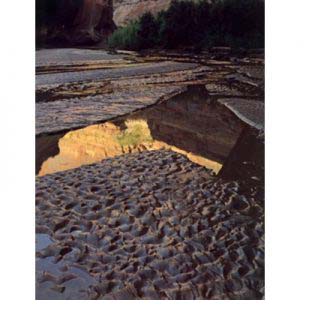
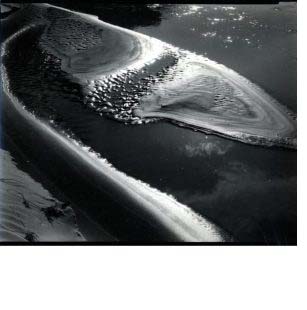
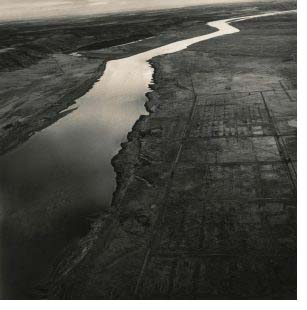
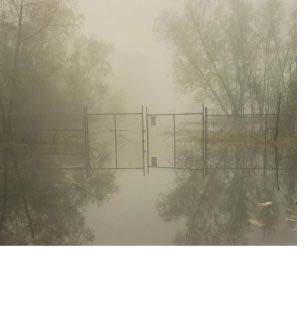
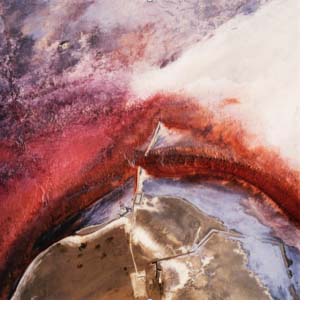
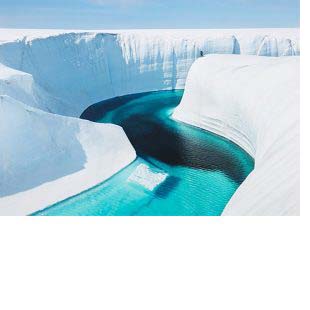
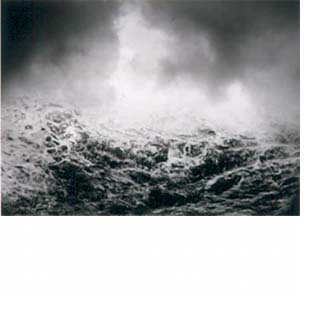


Water. In Vermont, it’s easy to take it for granted. Even during a dry summer, there seems to be plenty to go around. But on a global scale, water is a troubling element. Rising sea levels are providing devastating evidence of climate change, threatening coastal zones where much of the world’s population lives. Fragile ecosystems are endangered, and food supplies are vulnerable. As photographer Edward Burtynsky has written, “The basic need for fresh water, like air and sunlight, is not a lifestyle choice, it’s a matter of survival.”[footnote]http://www.prixpictet.com/portfolios/water-shortlist/edward-burtynsky/[/footnote]
Water is a powerful subject. Dodo Jin Ming draws our attention to the sublime magnificence of the sea in her photographs, while James Balog examines the catastrophic melting of the world’s glaciers with images that are simultaneously beautiful and disturbing.
Water can provide power. In the early 1960s, the damming of the Colorado River that flooded Glen Canyon became a symbol of what could be lost when energy needs are put ahead of natural beauty. Brett Weston’s canyon abstraction and Eliot Porter’s photographic eulogy to the canyon, published by the Sierra Club, demonstrate the aesthetic power of water as both surface and substance.
And humans exert their power over water, draining lakes and polluting rivers to support unsustainable ways of life. In different ways, Emmet Gowin, David Maisel, and Richard Misrach each interpret the theme of toxic waterways, drawing attention to the ambiguous beauty to be found in contaminated sites.
Water may well be the most important topic of our century: a locus of beauty, sustenance, and moral choice.